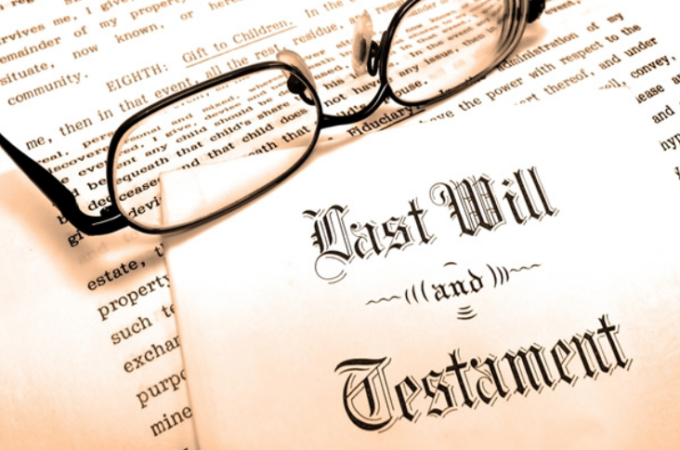It is quite common for a will to begin with a statement that all previous wills and codicils are revoked. This is done to ensure that only the will being executed at that time remains the valid will of the testator, and any prior testamentary instruments no longer desired will not end up being inadvertently relied upon by a future estate trustee. Less well-known is that a previously revoked will may be revived by a testator later on; this procedure and was the subject of Re Estate of Harold Franklin Campbell, 2023 ONSC 4315, a recent decision of the Superior Court of Justice.
Section 19 of the Succession Law Reform Act, RSO 1990, c S.26 provides the basis for reviving a revoked will. In short, a will that was previously revoked may be later revived by the testator, only if he or she shows a clear intention to do so in a subsequent will or codicil. The later instrument need not state explicitly that the testator is reviving the previous will, but must show clearly that this is indeed his or her intention. Of note, Section 21.1, recently added to the SLRA and sometimes referred to as Ontario “substantial compliance” rule, includes the revival of a previously revoked will in the list of testamentary instruments that a Court may validate if found to accurately set out the intention of the testator despite being improperly executed.
In Re Campbell Estate, the deceased testator had executed a will in 1996, after the passing of his first wife. The testator remarried in 2000, which, unbeknownst to him, revoked his will (another significant and recent change to the SLRA to note – a marriage no longer revokes a prior will). Years later, in 2016 and 2017, the testator executed two handwritten holographic codicils, which he signed and stapled to his 1996 will. The question before the Court was whether these codicils revived the revoked 1996 will or not.
The estate trustee relied on section 21.1 of the SLRA, and proposed a 4-step process under which the Court could validate the holographic codicils, and, on the basis of the codicils, revive the will. The Court provided the result that the estate trustee sought, but nevertheless declined to take the proposed approach. Instead, the Court simply ruled that since the codicils were valid, section 19 of the SLRA operated to revive the previous 1996 will, without using section 21.1. The key was that the execution of the codicils demonstrated with clarity that the testator had believed that the will was still valid, and intended to rely on it, albeit with the changes that the codicils had introduced.
The Court stresses the fact that it is of “paramount importance” for the intentions of the testator to be given effect, citing another recent case, Barsoski Estate v. Wesley, 2022 ONCA 399. This case states that “no other principle is more important than this one” – referring to a testator’s intention. The interesting twist in Re Campbell Estate is that had the testator not decided to execute the holographic wills years later, there would have been very little or no evidence as to his intention to continue to rely on the 1996 will and his belief that it had been valid all along. Absent any other compelling evidence, once the 1996 will had been revoked by his second marriage in 2000, it would have remained revoked until his death, and never would have been revived, resulting in an intestacy.


0 Comments